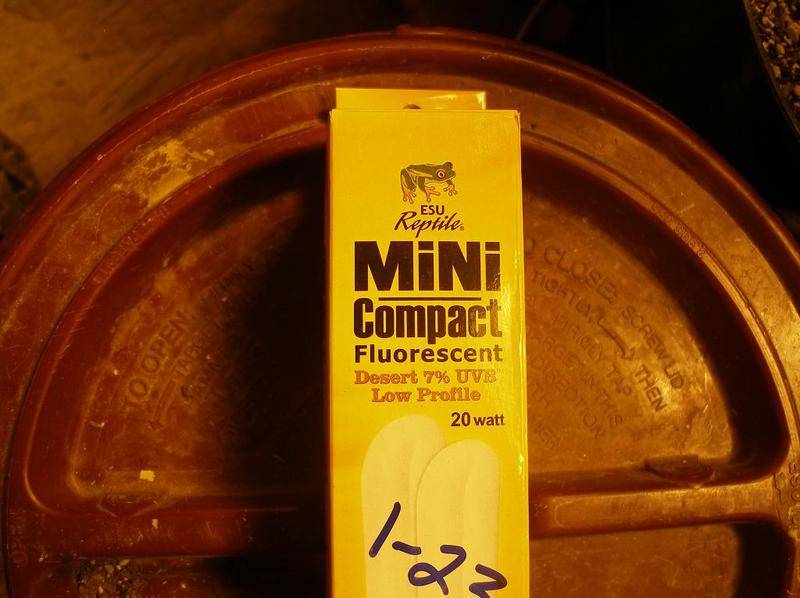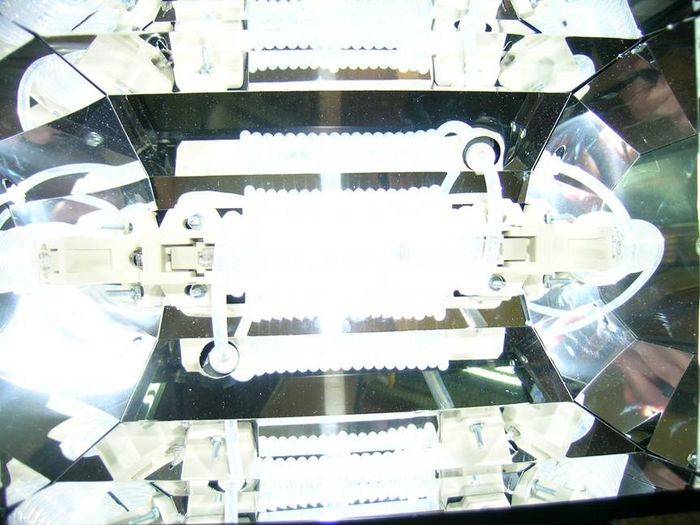Rusty Trichome
Member
Ummm...that may be tough. We live outside a small town in the middle of the desert...literally...and the only folks that come over are from wifes church. Pretty sure that asking them would be counter-productive, as they don't strike me as being cannaseurs.
But, I can honestly and accuratelly report my findings along the way, though. I'm no expert or breeder, but I do know my strains very well, both pre and post-harvest.
Already the plant I have under the light is showing a bit of accelerated aging, and leaves have a papery feel and sound to them, but no neckrosis yet.
Here's the bulb, and the plant, which is almost 6 weeks into 12/12, and about a week into UVB at 8 inches distance. The last picture has the same species in veg, not sure which one was this one though.
I love pictures, but how do I post a thumbnail link instead of the big ones?



But, I can honestly and accuratelly report my findings along the way, though. I'm no expert or breeder, but I do know my strains very well, both pre and post-harvest.
Already the plant I have under the light is showing a bit of accelerated aging, and leaves have a papery feel and sound to them, but no neckrosis yet.
Here's the bulb, and the plant, which is almost 6 weeks into 12/12, and about a week into UVB at 8 inches distance. The last picture has the same species in veg, not sure which one was this one though.
I love pictures, but how do I post a thumbnail link instead of the big ones?















